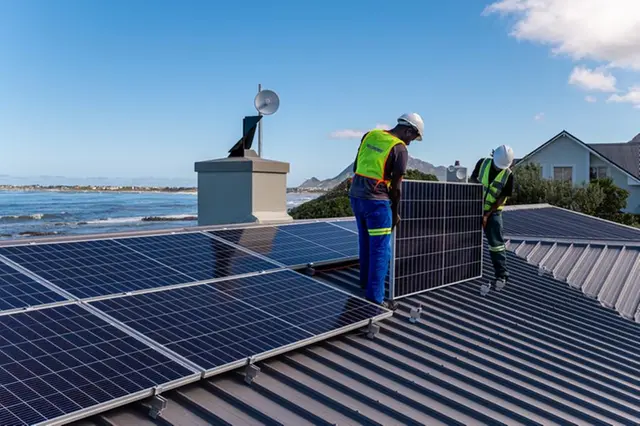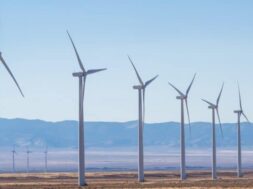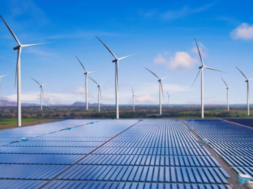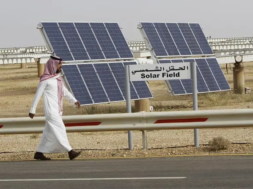
Solar was the largest employer, accounting for four million jobs since 2019
Global energy sector jobs rose last year amid growing investment in clean energy technology, according to the International Energy Agency.
Energy employment rose to 67 million people in 2022, an increase of 3.5 million from pre-pandemic levels, the Paris-based agency said in its World Energy Employment report on Wednesday.
More than half of the employment growth over the 2019-2022 period was in solar photovoltaics, wind, electric vehicles and batteries, heat pumps and critical minerals mining, the report said.
Solar PV was by far the largest employer, accounting for four million jobs, while EVs and batteries were the fastest growing, adding more than one million jobs since 2019.
“The unprecedented acceleration that we have seen in clean energy transitions is creating millions of new job opportunities all over the world – but these are not being filled quickly enough,” said Fatih Birol, the agency’s executive director.
“Governments, industry and educational institutions need to put in place programmes to deliver the expertise needed in the energy sector to keep pace with growing demand.”
Jobs in the fossil fuel industry also grew year on year in 2022, but it was still below pre-pandemic levels despite record revenue in the oil and gas industry last year, the agency said.
China, the world’s second-largest economy and a major renewable energy producer, accounted for the largest share of energy jobs added globally.
The expansion of clean energy also generated upstream jobs in critical mineral mining, which added 180,000 jobs in the past three years, the report said.
The market for critical minerals, used in electric vehicles and renewable energy technology, more than doubled in size over the past five years, the agency said in a report earlier this year.
From 2017 to 2022, the energy sector drove a threefold increase in lithium demand, a 70 per cent surge in cobalt demand and a 40 per cent increase in the demand for nickel.
Skill deficit
A growing number of energy industries are citing shortages of skilled workers as a key barrier to ramping up activity, according to an agency survey.
The report found that the number of workers pursuing degrees or certifications relevant to energy sector jobs was not keeping pace with growing demand.
“Some fossil fuel companies are retraining workers internally for positions in low-emissions areas to retain talent or to maintain flexibility as needs arise,” the agency said.
“However, this is not an option everywhere, and ensuring a people-centred and just transition for affected workers must remain a focus for policymakers.”
The agency said that increasing demand for workers in clean energy was expected to continue, with the growth in new jobs outweighing declines in fossil fuel roles.
The agency’s Net Zero Emissions by 2050 scenario forecasts 30 million new clean energy jobs by 2030, with nearly 13 million jobs in fossil fuel industries at risk.
“This means that around two clean energy jobs would be created for every fossil fuel-related job lost,” the agency said.














